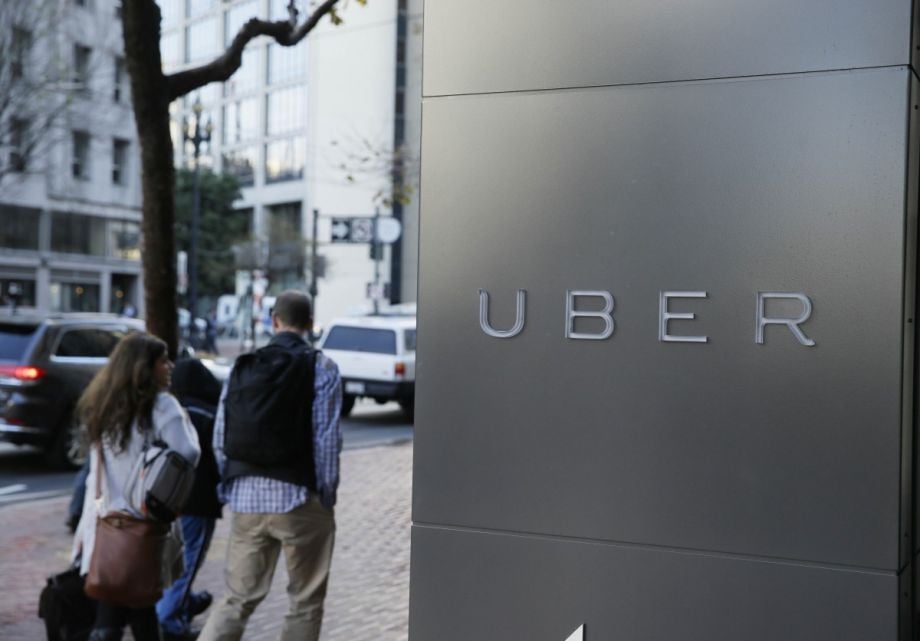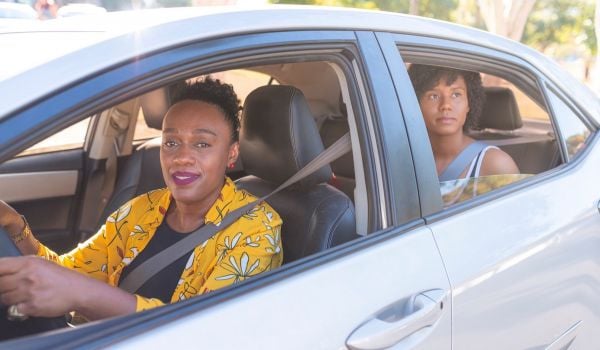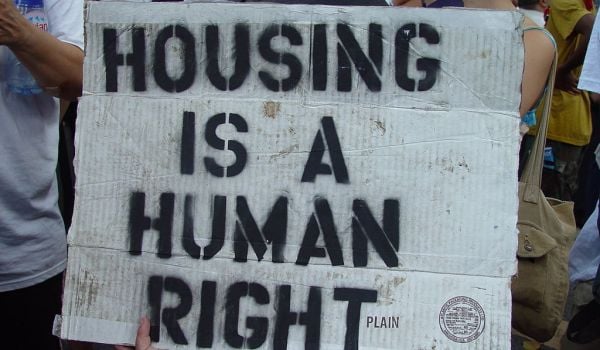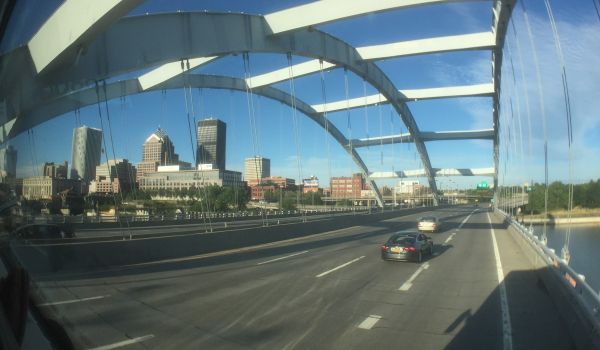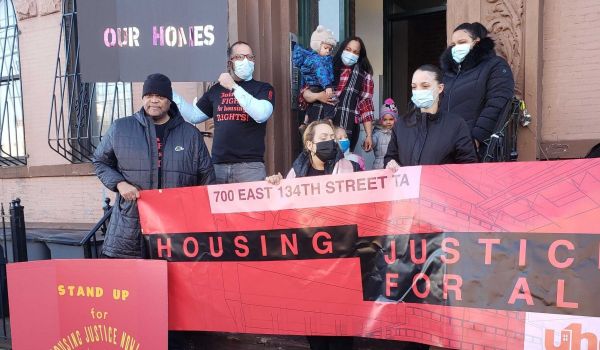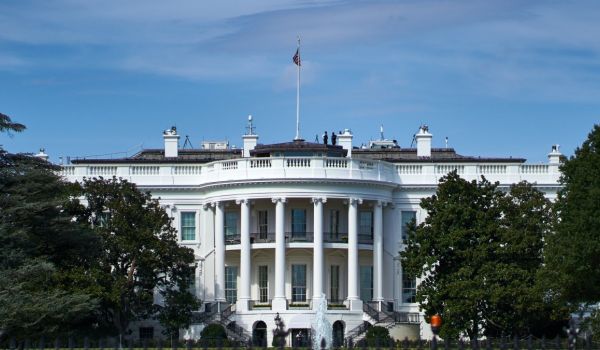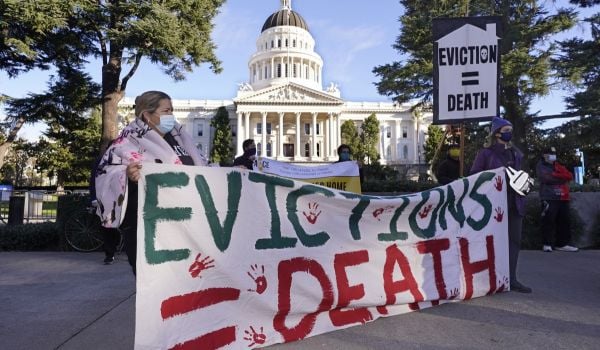New York City Council Wednesday pressed pause on new ride-hailing vehicle licenses — a move that will allow the city to study the booming industry.
The legislation makes New York the first major U.S. city to cap services like Uber and Lyft, the New York Times reports. The new regulations could easily set a precedent for other cities wanting to rein in hide-hailing operators, according to the Times.
“We are pausing the issuance of new licenses in an industry that has been allowed to proliferate without any appropriate check or regulation,” Corey Johnson, the City Council Speaker, said, according to the paper.
Uber, predictably, was none-too-pleased. The company said in a statement (as reported by the Times) that the move would “threaten one of the few reliable transportation options while doing nothing to fix the subways or ease congestion.”
But while it may not be beloved by the operators’ higher-ups, drivers stand to benefit. For one thing, officials on Wednesday also passed legislation that will allow them to set a minimum pay rate for drivers. Beyond that, fewer cars on city streets could mean less congestion and, thus, competition, as Uber driver Tidiane Samassa recently wrote in an op-ed for NY Daily News.
“There are too many Uber cars on the road, plain and simple,” he wrote. “Sometimes it now takes me over an hour driving around before I get a passenger, because all around me there are thousands of other for-hire cars also empty. All of us are competing for a smaller slice of the pie as Uber adds more cars to the streets each month with no limit.”
The new bills could help fix that, Streetsblog pointed out Wednesday.
Citywide, Uber and Lyft vehicles have no passenger 45 percent of the time they’re in service, according to [transportation analyst Bruce] Schaller’s analysis of trip data. To reduce that unoccupied time, the centerpiece of the City Council legislative package, Intro 144 (sponsored by Council Member Steve Levin), enables the TLC to establish “vehicle utilization standards” in specific parts of the city.
Schaller, an ex-DOT official, noted in a 2017 report that transportation network company ridership has doubled annually since 2013 in New York, as Next City reported last year. That growth increased driving in the city by about 600 million miles from 2013 to 2016.
The move is a “course correction,” according to Streetsblog that will be emulated by other U.S. cities being similarly strained. At least Uber can be glad the city hasn’t refused to renew its license altogether. Last year, Transport for London did just that, announcing that it didn’t find Uber London Limited “fit and proper to hold a private hire operator license.”
It’s also not as hard a cap as ride-sharing supporters imply — the freeze on ride-hailing vehicle licenses doesn’t apply to wheelchair accessible vehicles, Streetsblog also reported, speculating that the exception may “may serve as an incentive to make fleets accessible more than a hard constraint on growth.”

Rachel Dovey is an award-winning freelance writer and former USC Annenberg fellow living at the northern tip of California’s Bay Area. She writes about infrastructure, water and climate change and has been published by Bust, Wired, Paste, SF Weekly, the East Bay Express and the North Bay Bohemian
Follow Rachel .(JavaScript must be enabled to view this email address)

